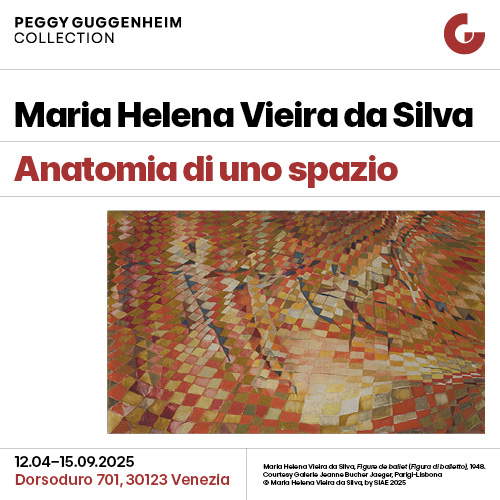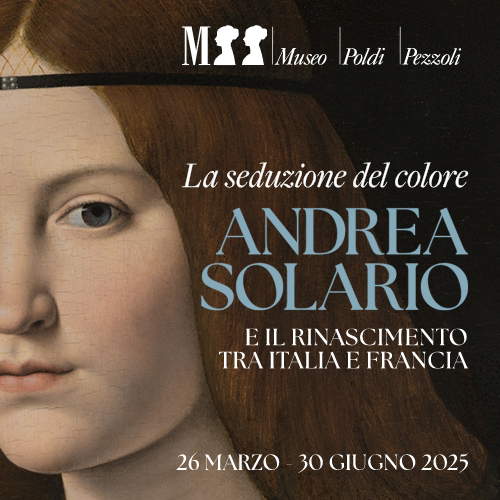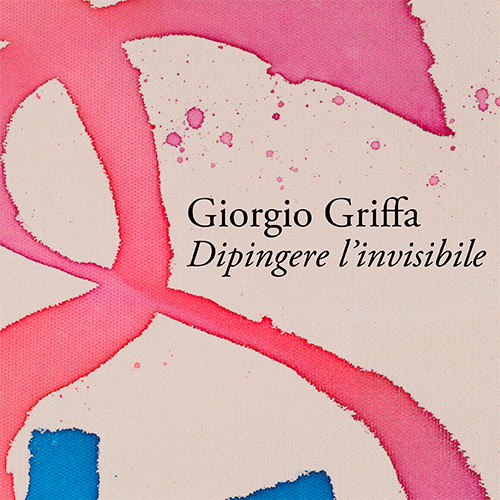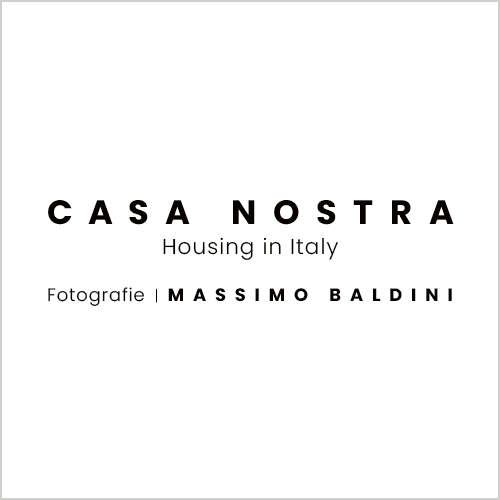Signs of Genius: the Museum of Graphics in Pisa.
The University ofPisa is the holder of an extraordinary cultural and scientific heritage, which the Athenaeum has amassed over its very long history, dating back at least to 1343, the year it was officially established, although according to some historians it is even older. Today this huge capital is distributed in numerous university museums, some of which are very old foundations or with collection nuclei that began to be accumulated many centuries ago.
Decidedly more recent, on the other hand, are the vicissitudes of the Museum of Graphics, which has occupied the spaces of Palazzo Lanfranchi only since 2007, and whose collection has been formed since the mid-20th century. Nevertheless, in a relatively short period of time it has become “among the most precious jewels, indeed perhaps the most precious” of the University of Pisa, as Luciano Modica, politician and rector of the University from 1993 to 2002, wrote of it. The museum’s immense collection consisting of drawings and graphics is among the largest of its kind in Italy, but it also includes posters, photographs and much more, is inextricably linked to great figures of the University and more generally of Italian art history. The museum’s origins, in fact, should be traced back to 1957 when thePisa Institute of Art History decided under the direction of Carlo Ludovico Ragghianti to celebrate the 80th birthday of Matteo Marangoni, who had held the chair of art history from 1929 to 1951.
On that occasion, the photo library that had belonged to Marangoni, a photographic repertoire of works of art on which to train the connoisseur’s eye, became available at the Institute’s renovated premises. An unexpected gift of those celebrations was the donation of the collection of more than a thousand sheets including graphics and drawings, collected by Sebastiano Timpanaro, a physicist and scholar, in contact with some of the greatest intellectuals of his time, such as Eugenio Montale. The donation formalized by the family was accepted with great foresight by Ragghianti, who thus gave birth to one of the first public collections of modern and contemporary graphics in Italy.
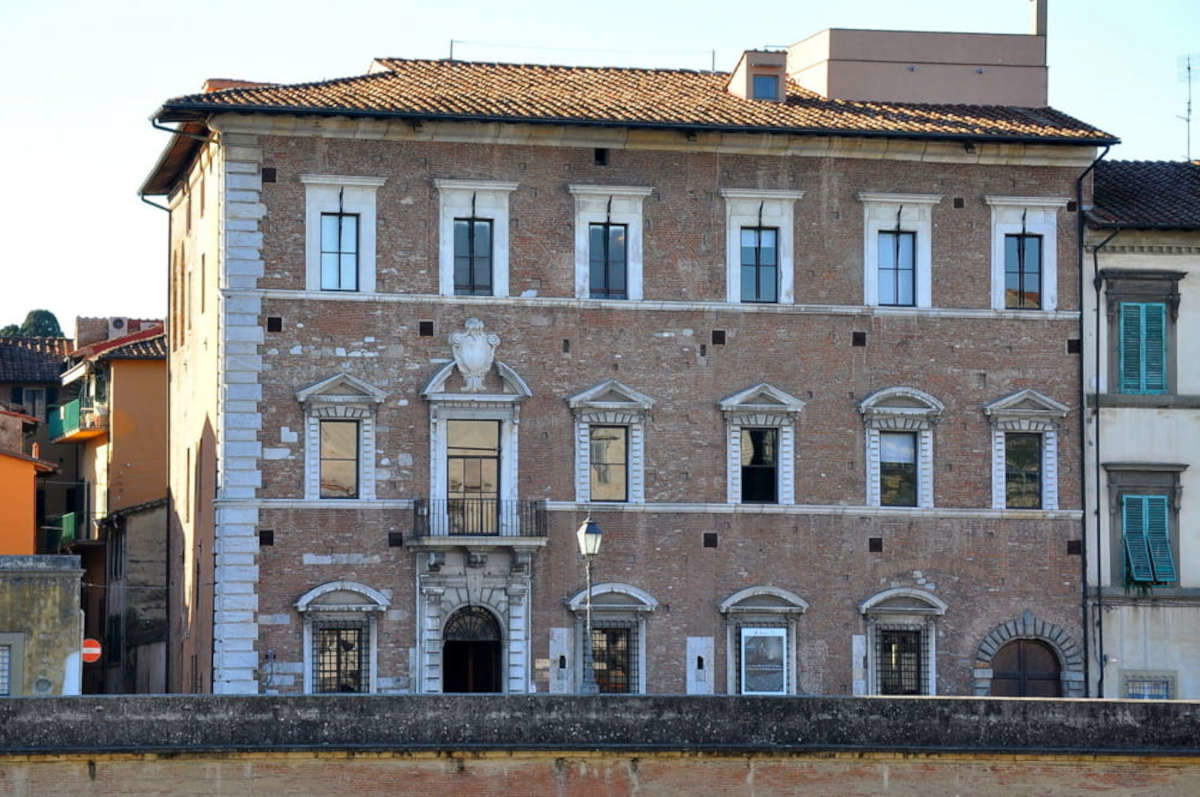
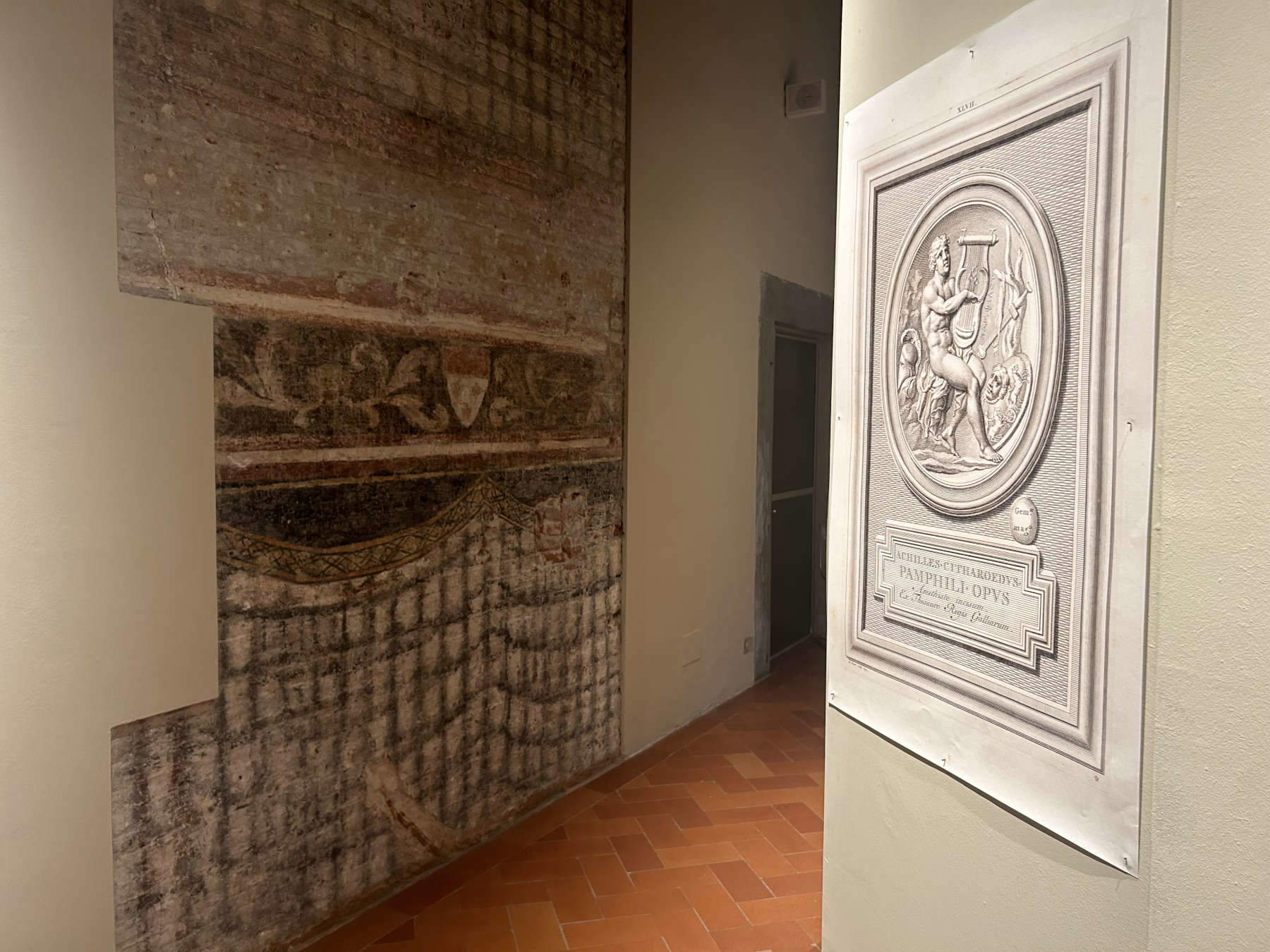
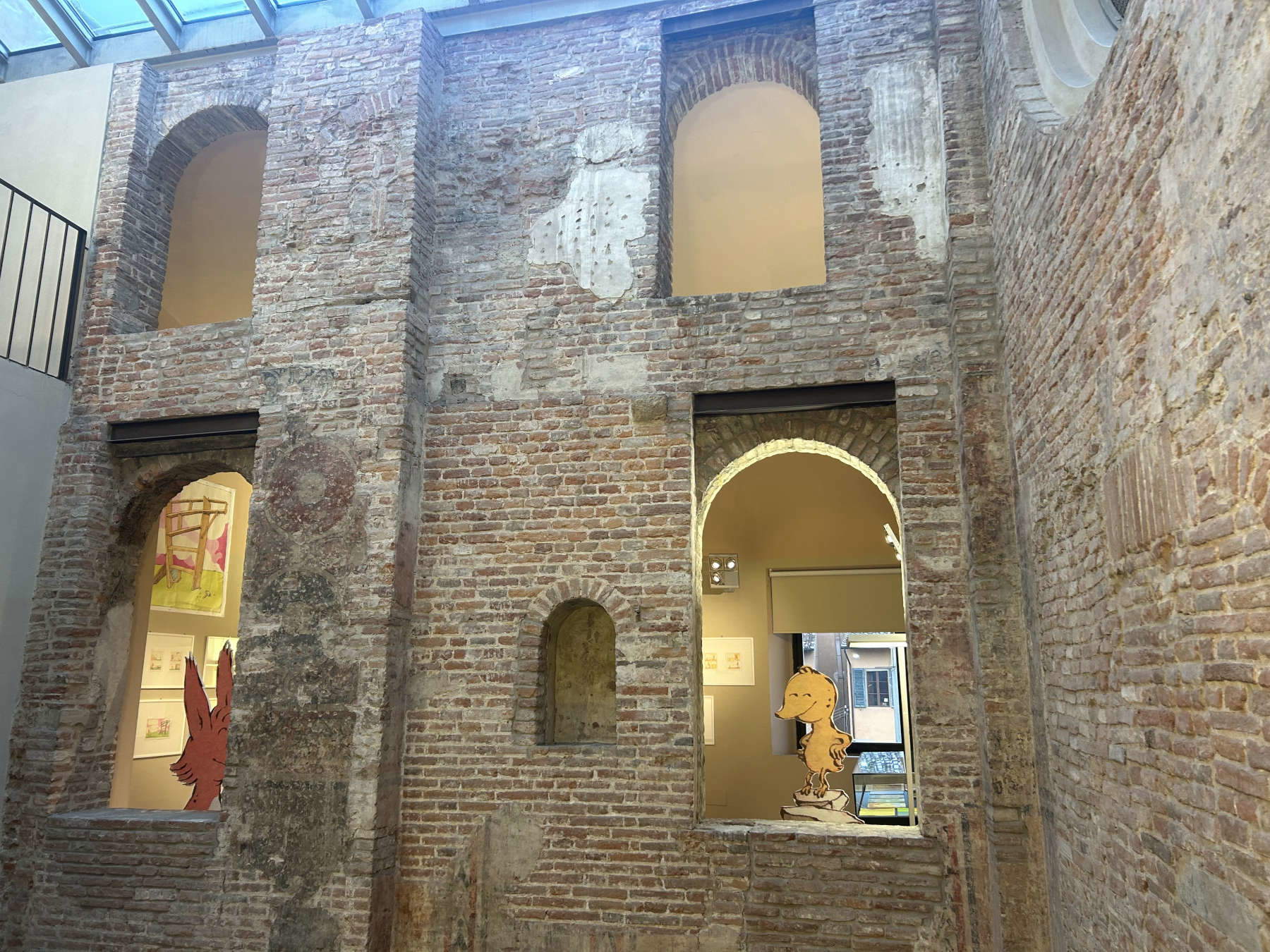
The intent to musealize the collection responded for Ragghianti to educational purposes: “The study of drawing, and well often of graphic art in general, constitutes a fundamental experience for the scholar and for every student, because drawing is most frequently the artist’s most authentic and direct act of expression, the one in which his formal personality is revealed nakedly, in the stroke charged with feeling and energy, in all the truth of the process of research and expression.”
Thus was born the Cabinet of Drawings and Prints of the Institute of Art History at the University of Pisa, an institution that would immediately expand in the following months. This first nucleus of astonishing quality included works by Jacques Callot and Federico Barocci, Salvator Rosa and Piranesi, Tiepolo and Canaletto, but also nineteenth-century authors, including Giovanni Fattori, Honoré Daumier, Antonio Fontanesi, Telemaco Signorini, James Ensor, and Pierre Auguste Renoir, and many from the early twentieth century who had been in direct contact with Timpanaro, such as Luigi Bartolini, Ardengo Soffici, Ottone Rosai, Giorgio Morandi, Mino Maccari, Renato Guttuso, Giacomo Manzù, and Carlo Carrà just to name a few.
Soon, thanks to Ragghianti’s invitation urging Italian artists to pay homage to Timpanaro and Marangoni by making “gifts of original drawings and graphic works,” more than 300 works by contemporary artists such as Lucio Fontana, Antonij de Witt, Ennio Morlotti, Bruno Munari, and Emilio Vedova entered the Cabinet. Less than eight years later there were over 3,500 donations received, including a lithograph with dedication by Pablo Picasso. To these was added a perpetual deposit in 1967 by the Calcografia Nazionale di Roma of a substantial series of engravings, mostly nineteenth-century prints, and in later times a fund of more than six hundred sheets, including engravings and drawings, donated by the heirs of Giulio Carlo Argan, testifying to the Turin art historian’s many relationships with generations of artists, such as Primo Conti, Antonio Corpora, Concetto Pozzati and Giuseppe Uncini.
With this extraordinary collection, the Gabinetto Disegni e Stampe became an outstanding training ground for students of art history in Pisa, while at the same time weaving a long and prolific exhibition activity involving museums, galleries and schools. To give an account of all the exhibitions, even itinerant ones, that were held by the Gabinetto is an impossible task, for a list that includes group exhibitions on graphic art, monographic exhibitions dedicated to famous protagonists such as Giovanni Fattori, Emilio Greco, and Lorenzo Viani, or dedicated to architecture and photography.
The Cabinet, which was enriched by further donations, would peregrinated in different locations in the city of Pisa, when finally in 2007, also with the contribution of the Municipality, it gave life to the Museum of Graphics, which found its definitive location in the imposing Palazzo Lanfranchi overlooking the Arno River. The aristocratic building, derived from the remodeling of several tower-houses of medieval origin, takes its name from the noble Pisan family that lived there continuously from the sixteenth century until the nineteenth century, finally it was purchased by the City of Pisa in the mid-twentieth century. In the following decades, the residence underwent major restoration work, which aimed to bring to light the various interventions that had taken place over the centuries, including wall surfaces decorated with paintings.
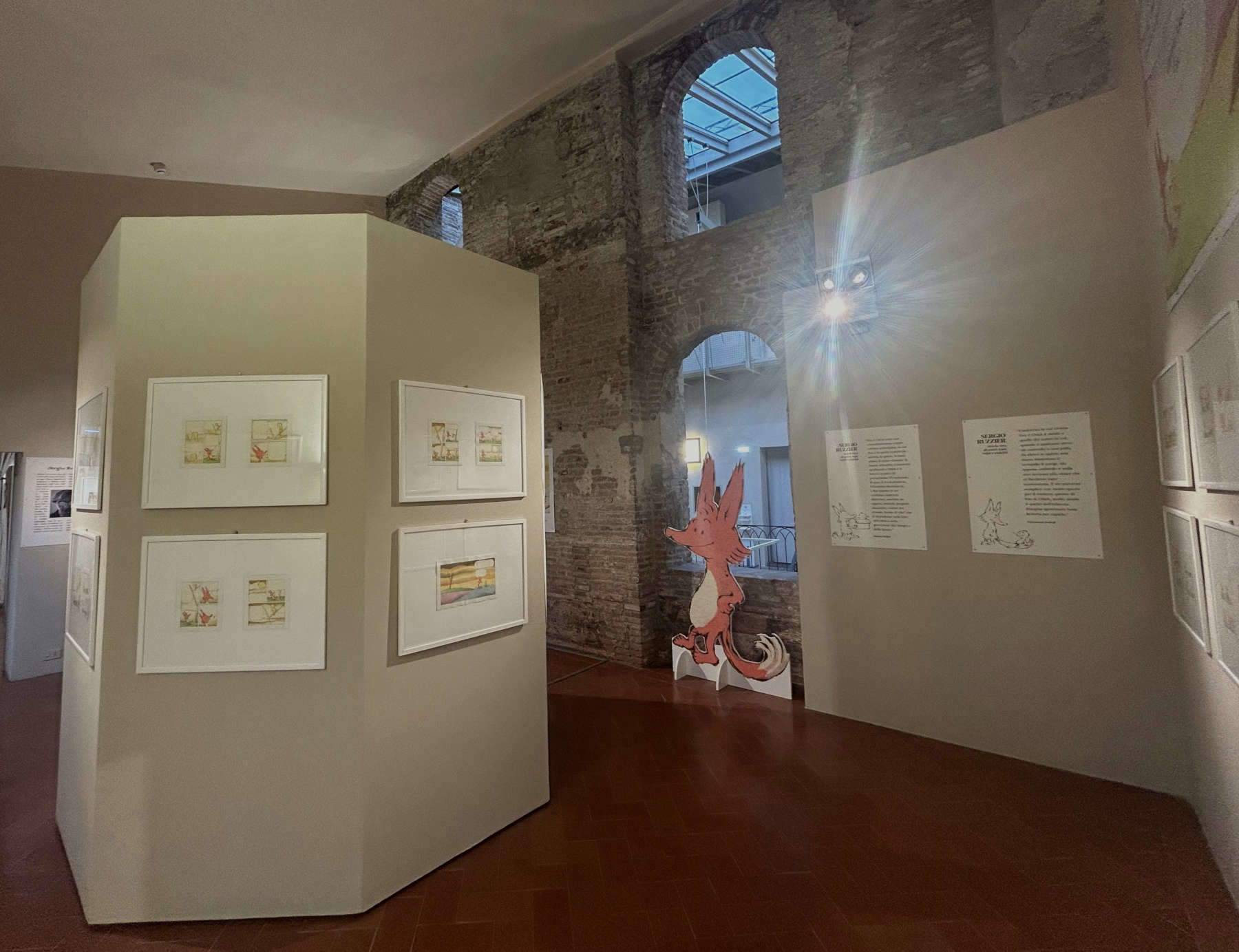
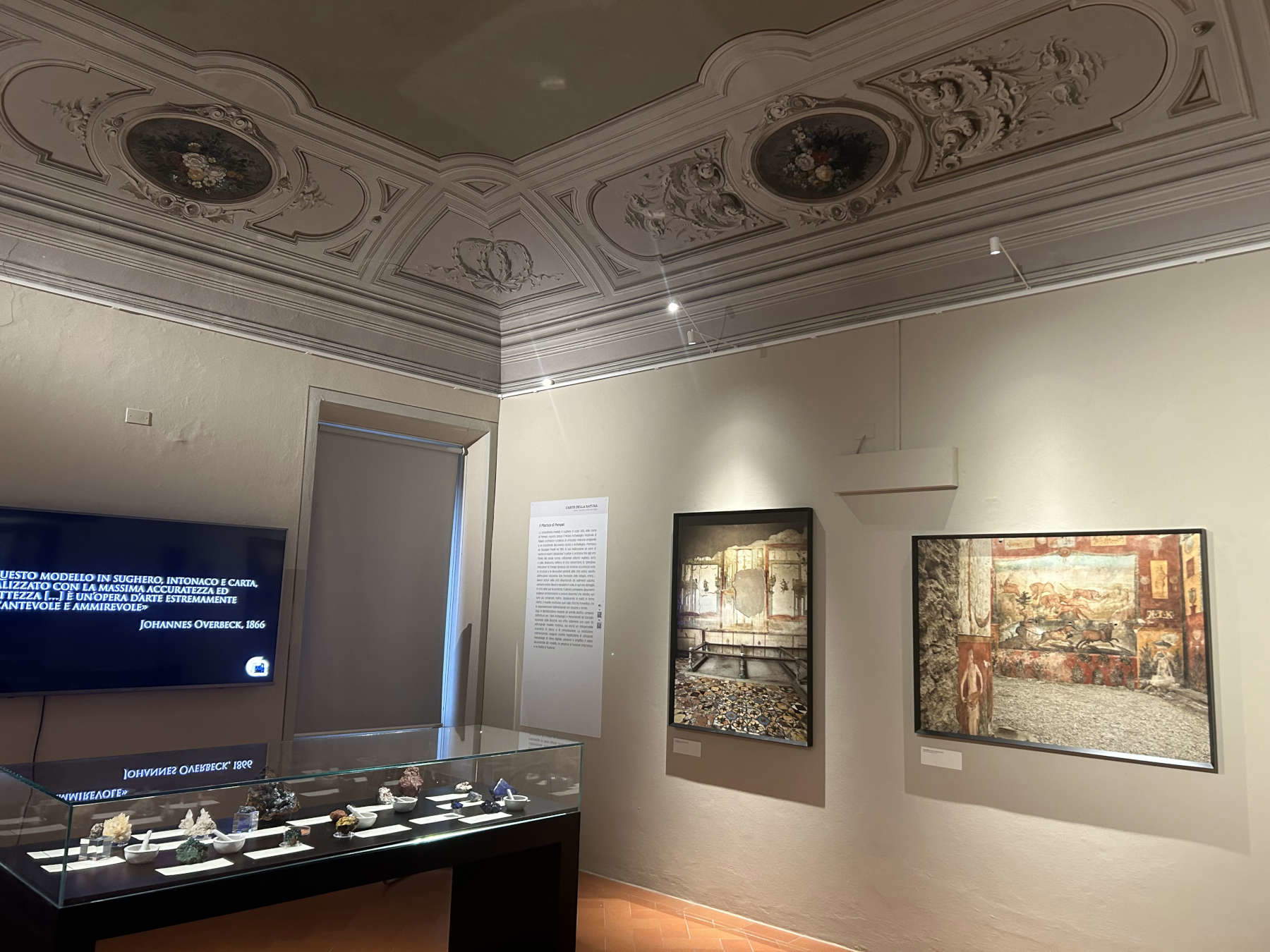
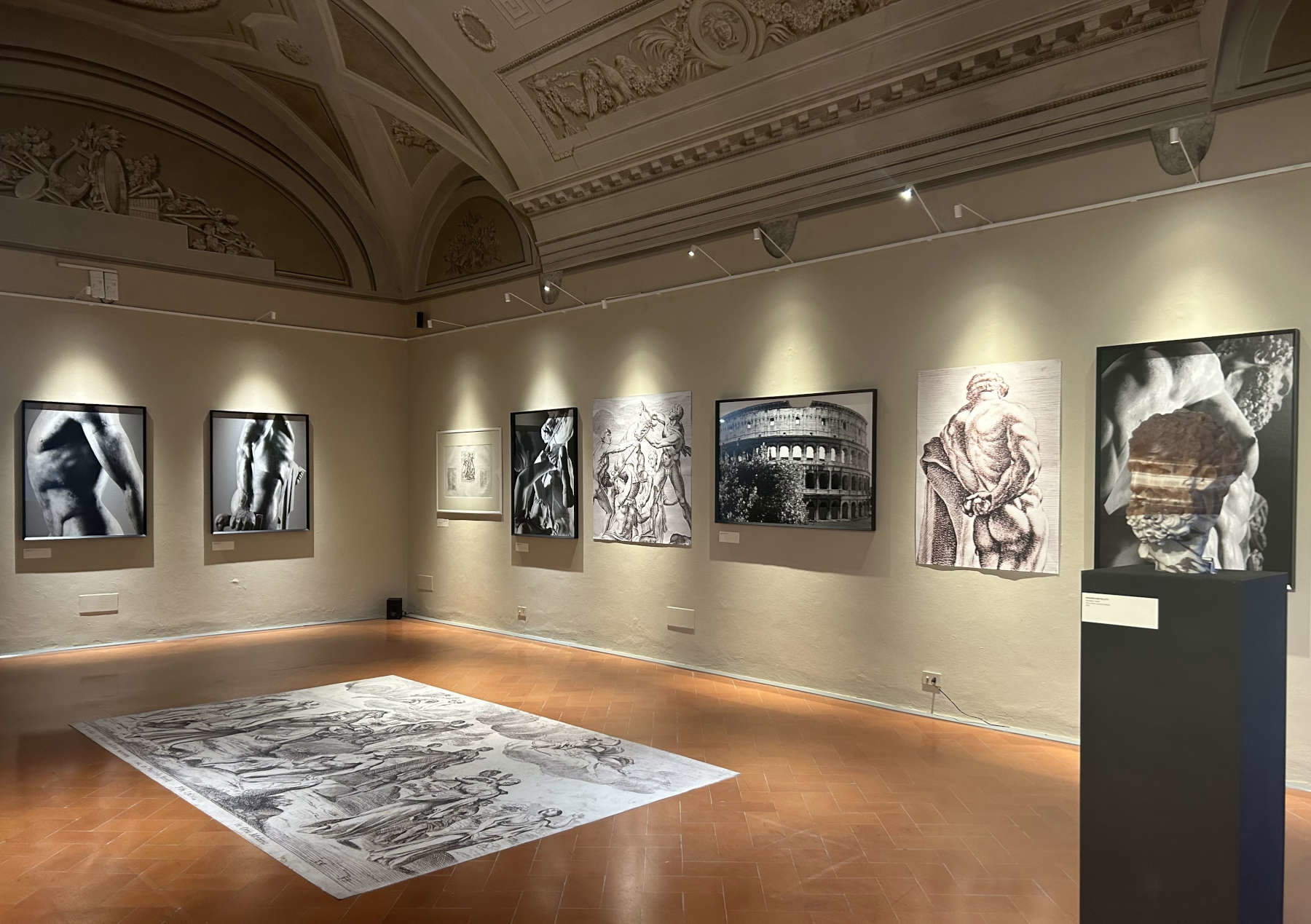
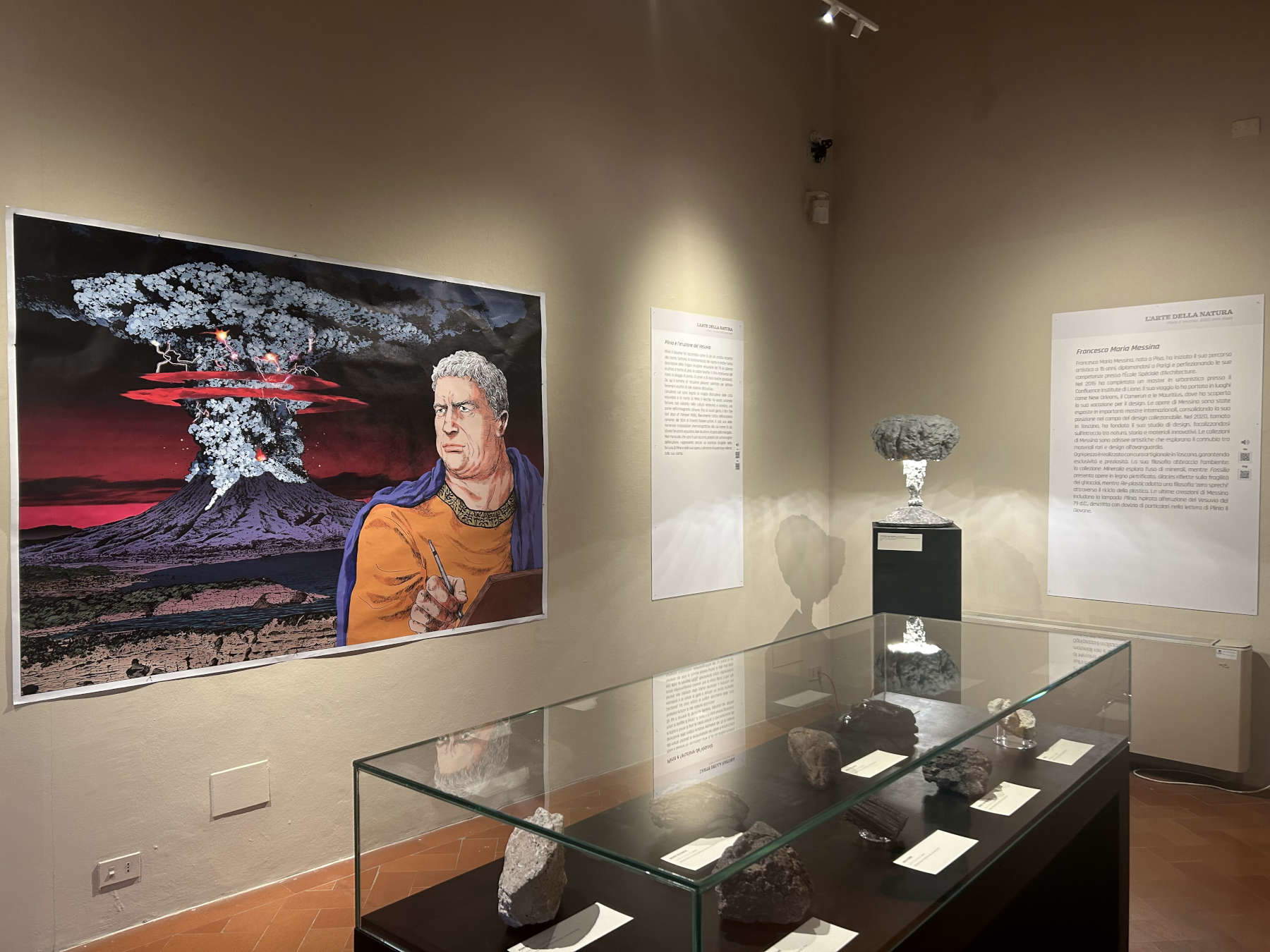
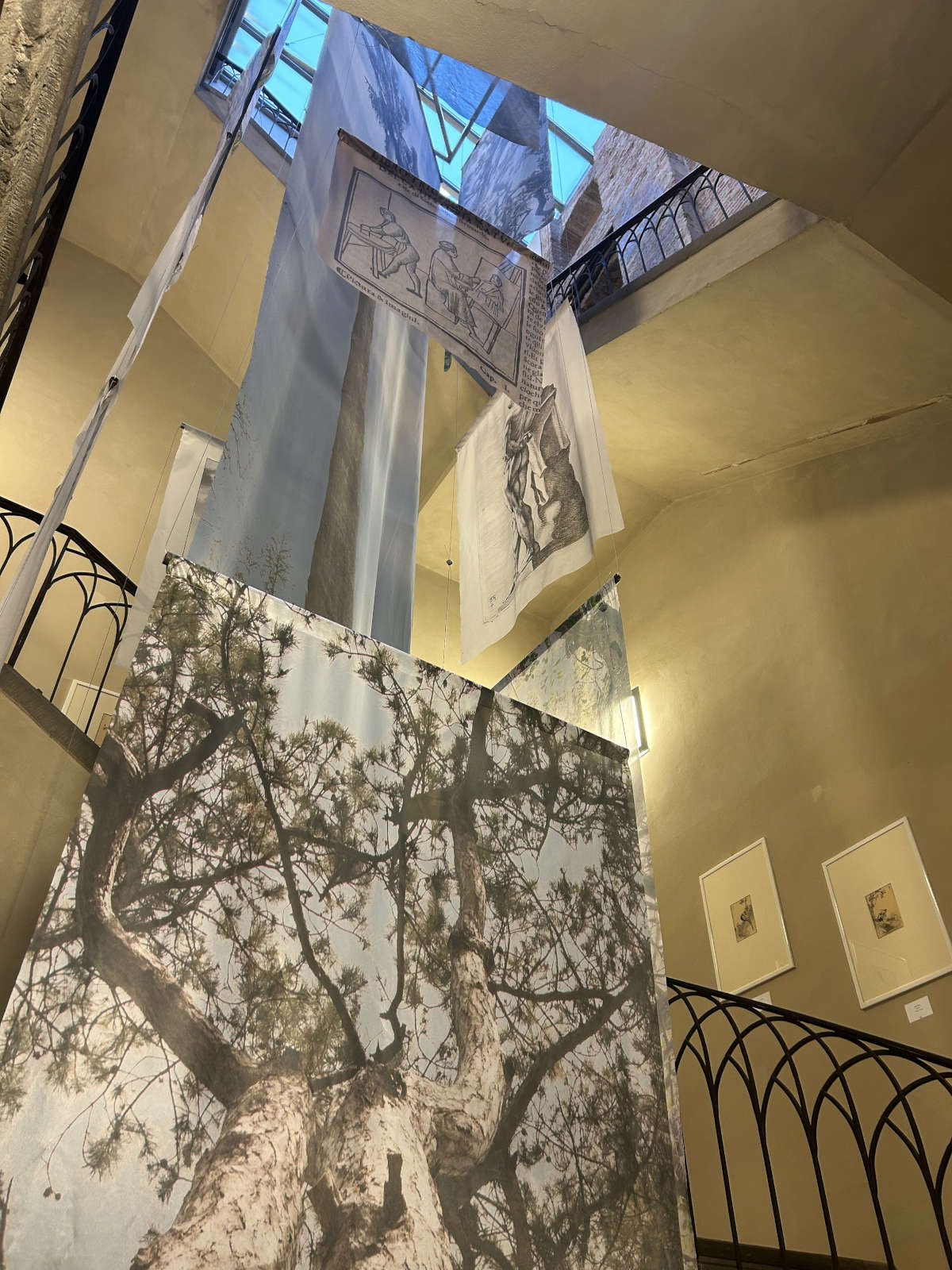
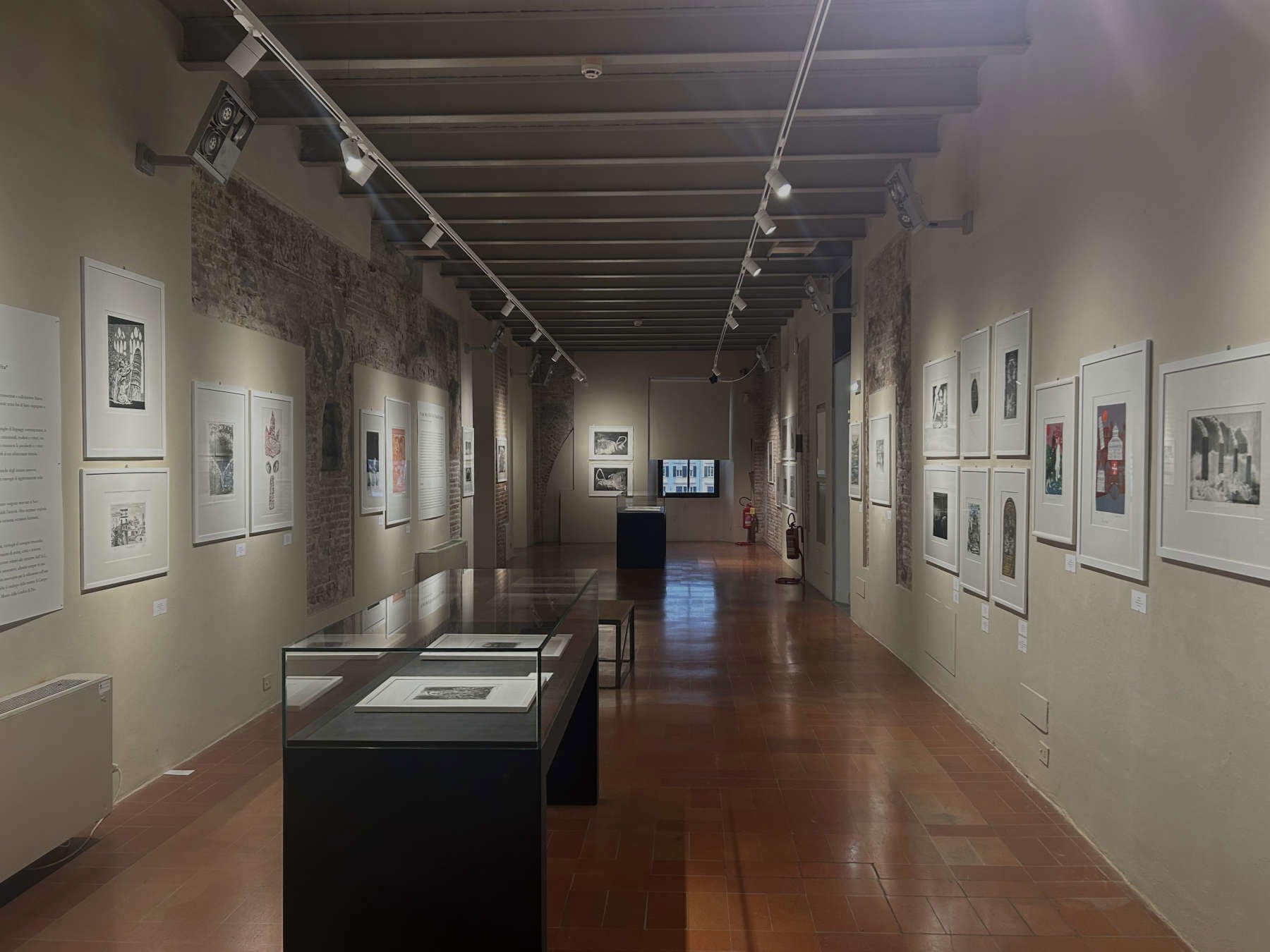
Today the museum has attractive brick and stone rooms on several levels, while on the ground floor there are, in addition to the ticket office and bookshop, the teaching room, some exhibition and lecture spaces, and a multimedia room that allows visitors to consult through touch screens a selection of the more than 13,000 works stored in the repositories. The Pisan museum not only exhibits the permanent collection on a rotating basis, thus making it possible to ensure not only the usability of the holdings but also the delicate preservation of the papers, but also gives life to anexhibition activity that has few rivals in terms of liveliness.
In fact, about twenty exhibitions are prepared each year, and not infrequently four or five at the same time. These are exhibitions set up by enhancing the heritage and also relating it to loans that come from other university collections or from other institutions or private individuals.
The themes of the exhibitions are often multidisciplinary: they range from graphic design to photography, exhibitions have been dedicated to comics, such as the one in 2024 on Tuono Pettinato, and also to cinema, such as, for example, the one on Alfred Hitchcock. There is even room for the sciences, with exhibits dedicated to Galileo and botanical painting, all the way to the history of technology with an exhibition onOlivetti. The aspects highlighted by this exhibition exuberance are incalculable; moreover, each exhibition although small in size is generally preceded by a great deal of attention to study and research, graphics and displays.
Frequently the Museo della Grafica indulges with its initiatives events or exhibitions held in the city, acting as a corollary and in-depth study, as happens with the major exhibitions at Palazzo Blu, for example accompanying the 2022/2023 exhibition on the Macchiaioli with an exhibition entitled Beyond the Stain. Engravings by Giovanni Fattori, or that of Hokusai 2024/2025 with the appointment Images from Japan featuring prints from the Farnesi collection, it also accompanies other events such as the Pisa Architecture Biennial, comic book festivals and more.
With varied activities, the Museo della Grafica continues to make itself heir to the aims of the Gabinetto Disegni e Stampe, that is, on the one hand to be a useful tool for teaching and to enhance its collections, but it also manages to propose initiatives directed to different audiences in terms of interests and age, and at the same time to weave a fruitful relationship with the territory and the surrounding community.
Warning: the translation into English of the original Italian article was created using automatic tools. We undertake to review all articles, but we do not guarantee the total absence of inaccuracies in the translation due to the program. You can find the original by clicking on the ITA button. If you find any mistake,please contact us.





